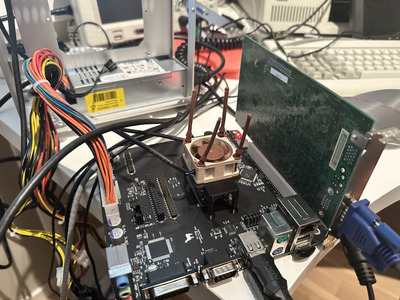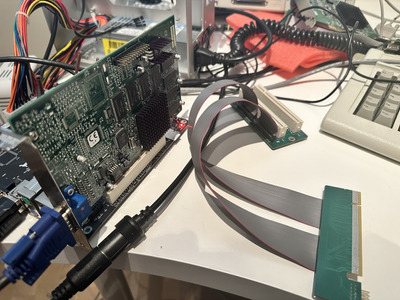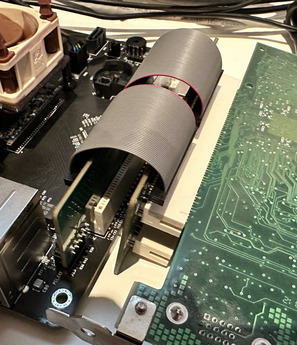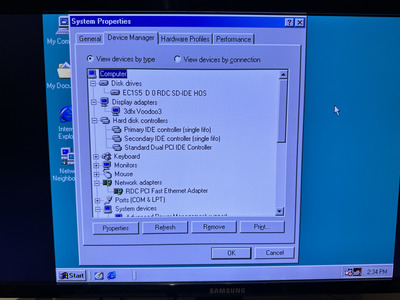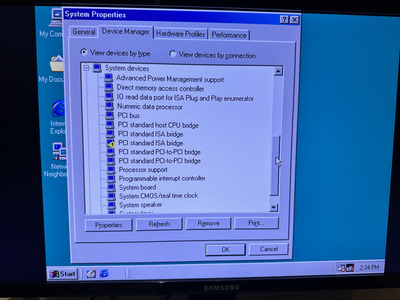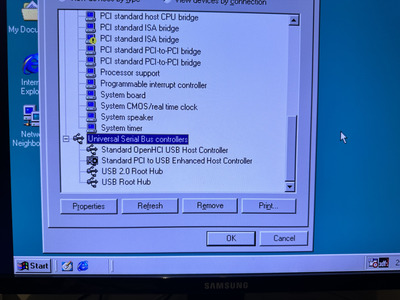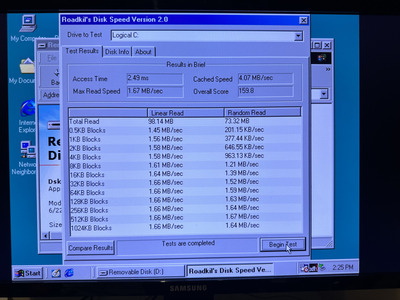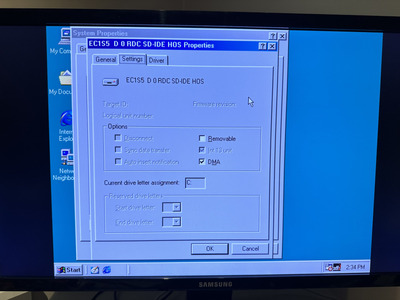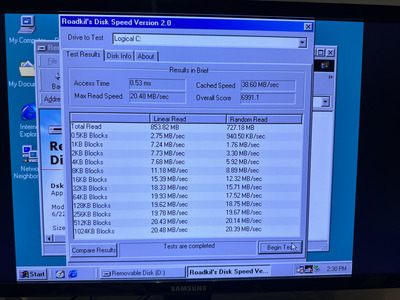Eivind wrote on 2023-06-22, 13:19:
There's a duplicate "PCI Standard ISA bridge", but I'll look at that later.
The duplicate "PCI Standard ISA brigde" seems to be intended behaviour of the Vortex86EX SoC. The PCI device address of the two devices identifying themselves as ISA bridge are device 7, subfunction 0 and device 7, subfunction 1. The limited datasheet you can obtain on the Vortex86 website documents exactly that: Device 7 is the "south bridge", and it contains of two functions, called "SB0" and "SB1".
It seems the chip has a lot of integrated ISA peripherals (up to 10 serial ports, a parallel port, a PS/2 keyboard/mouse port). It also provides a limited ISA bus for external ISA devices (xISA). It is possible that one of the two devices identifying as ISA bridge is used to connect the internal ISA-like peripherals to the host bus, and the other device is used to connect the xISA devices to the host bus, but this theory is pure guesswork.
I completely fail to understand why an operating system like Windows 95 cares about ISA bridges at all. Those devices will get initialized by the BIOS (if they need initialization at all), and after intialization, they will just forward all relevant PCI cycles to the ISA bus they control. Having more than ISA brige likely means that at least one of the bridges operatea in "additive decode" mode in which it needs to know what memory and port addresses are on the ISA bus provided by that bridge, and actively claims the cycle targeted to the bus. Only one ISA bridge can succesfully operate in "subtractive decode", which is a "catch-all" mode that forwards all cycles to ISA that are not claimed by any other PCI device. Yet, this is nothing Windows needs to care about. If windows tries to access an ISA card, the relevant bridge will forward the cycle to its ISA bus. The operating system can't even notice which of the ISA bridges forwards which cycle.
I can see only one point in Windows caring about ISA bridges: If there is no ISA bridge, Windows can skip scanning for ISA devices on the hardware detection wizard.
Thus it's very unlikely that the error on one of the ISA bridges will affect system operation. I expect this to be a cosmetic problem caused by the fact that Windows doesn't expect two ISA bridges in the same system.
